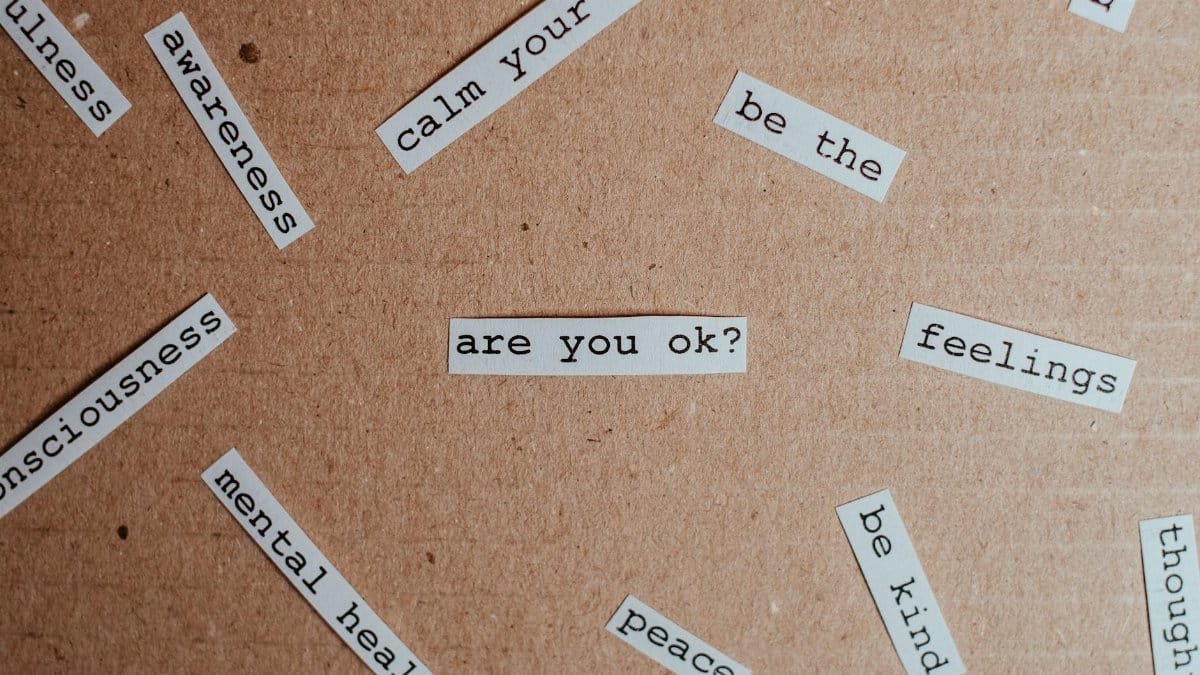A recent study from the American Psychological Association revealed that nearly 60% of Americans report holding onto grudges that negatively impact their mental health, a figure that’s climbed steadily over the past decade. This surge highlights a growing recognition of how unresolved resentment can fester, leading to stress, anxiety, and even physical ailments. Enter forgiveness practices, which aren’t just about letting go—they’re powerful tools for emotional and spiritual healing. Far from a quick fix, these methods encourage deeper self-reflection and empathy, fostering resilience in an increasingly divided world. As we navigate 2025’s challenges, from personal conflicts to societal rifts, embracing such practices could transform how we heal. What surprises many is their ripple effect, mending not only individual wounds but also relationships and communities.
1. Journaling the Grievance

Start by putting pen to paper. Describe the hurt in detail, without judgment. This isn’t about venting rage; it’s about acknowledging pain to release it. One woman, reflecting on a betrayal by a close friend, filled pages with raw emotions. Over weeks, her words shifted from anger to understanding. Research from the Journal of Health Psychology shows that expressive writing reduces stress hormones, paving the way for genuine forgiveness. In this practice, sentences grow shorter, insights sharper. You uncover patterns, like recurring triggers. It’s messy at first, but that’s the point—forgiveness blooms in the chaos. By revisiting entries, patterns emerge, revealing how grudges weigh you down. Soon, the act feels liberating, a quiet rebellion against bitterness.
2. Compassion Meditation
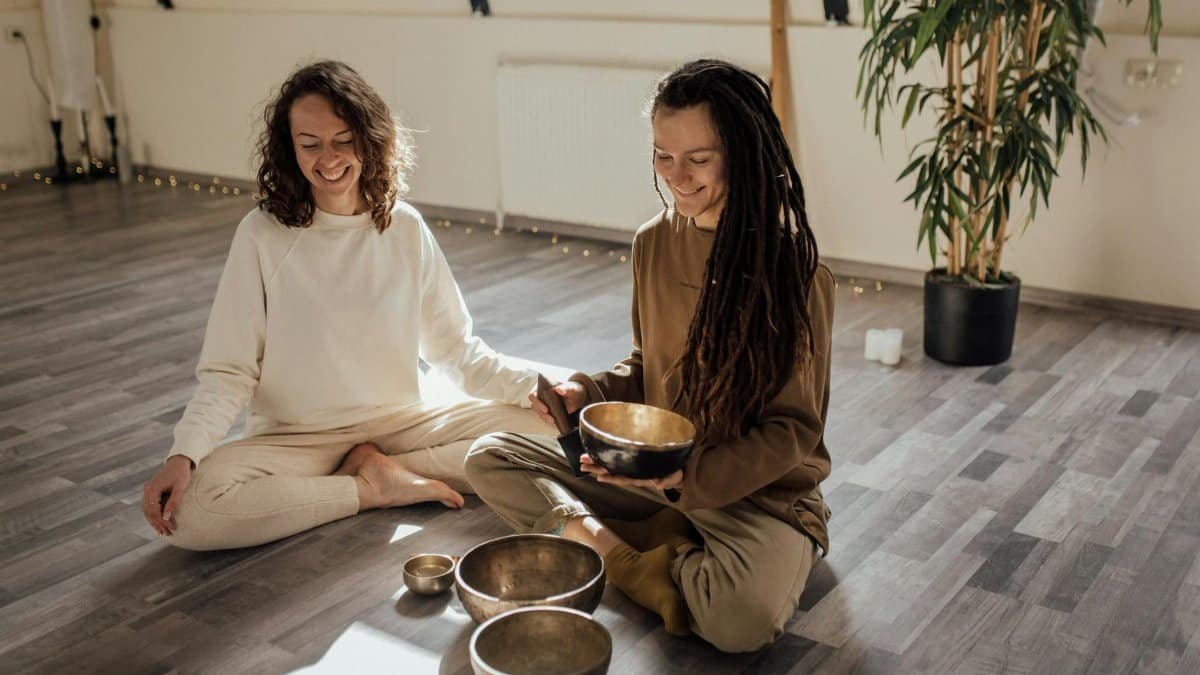
Picture a quiet corner, eyes closed, breathing deeply. Compassion meditation invites you to send kind thoughts, first to yourself, then to the one who wronged you. It’s rooted in ancient traditions but backed by modern science. A study from the Greater Good Science Center at UC Berkeley found it boosts emotional resilience, lowering depression risks. Imagine a father estranged from his son; through daily sessions, he visualized his son’s struggles, softening his heart. The practice isn’t forced—start small, perhaps five minutes. Over time, empathy replaces resentment. Sentences in your mind might flow: “May you be free from suffering.” It’s subtle, yet profound, healing invisible scars that therapy alone might miss.
3. Writing an Unsent Letter
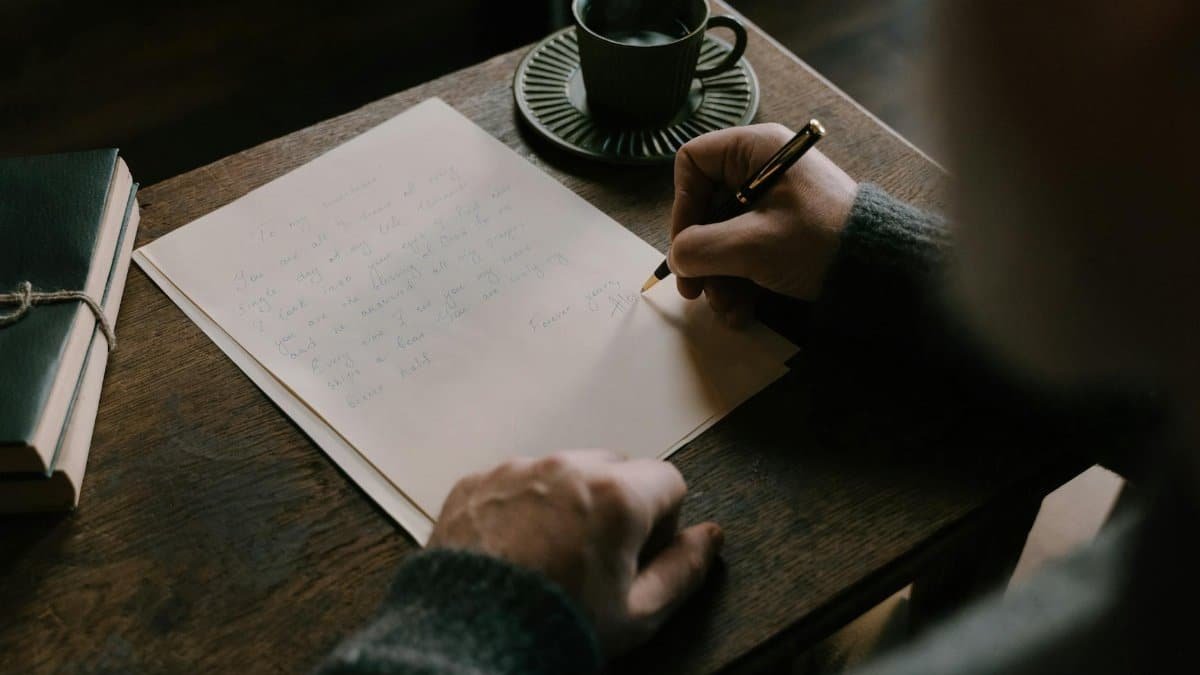
What if you could say everything without the fallout? That’s the essence of the unsent letter. Pour out your feelings—anger, sadness, confusion—addressed to the offender, but keep it private. Burn it, bury it, or file it away. This ritual, often recommended in therapy, helps process emotions safely. Insights from the National Institutes of Health indicate such expressive acts alleviate psychological distress. One anonymous account shared publicly described the relief: “It was like exhaling a breath I’d held for years.” The letter evolves; initial drafts seethe, later ones forgive. Vary your approach—write poetically or bluntly. In 2025’s digital age, typing it out works too, but the key is intention, turning pain into release.
4. Empathy Role-Reversal

Step into their shoes. This practice asks you to imagine the offender’s perspective—what fears or pains drove their actions? It’s challenging, especially when hurt runs deep. But it dismantles black-and-white thinking. A Pew Research survey notes that empathy-building exercises are gaining traction in conflict resolution, with 45% of respondents reporting better relationships post-practice. Consider a colleague’s sharp words during a stressful project; viewing it through their lens revealed shared exhaustion. Start with questions: What was their day like? Sentences build: “Maybe they were scared.” It’s not excusing behavior, but understanding it, which lightens your load. Over sessions, resentment fades, replaced by a nuanced peace. This heals by broadening your worldview, fostering compassion in unexpected places.
5. Self-Forgiveness Ritual
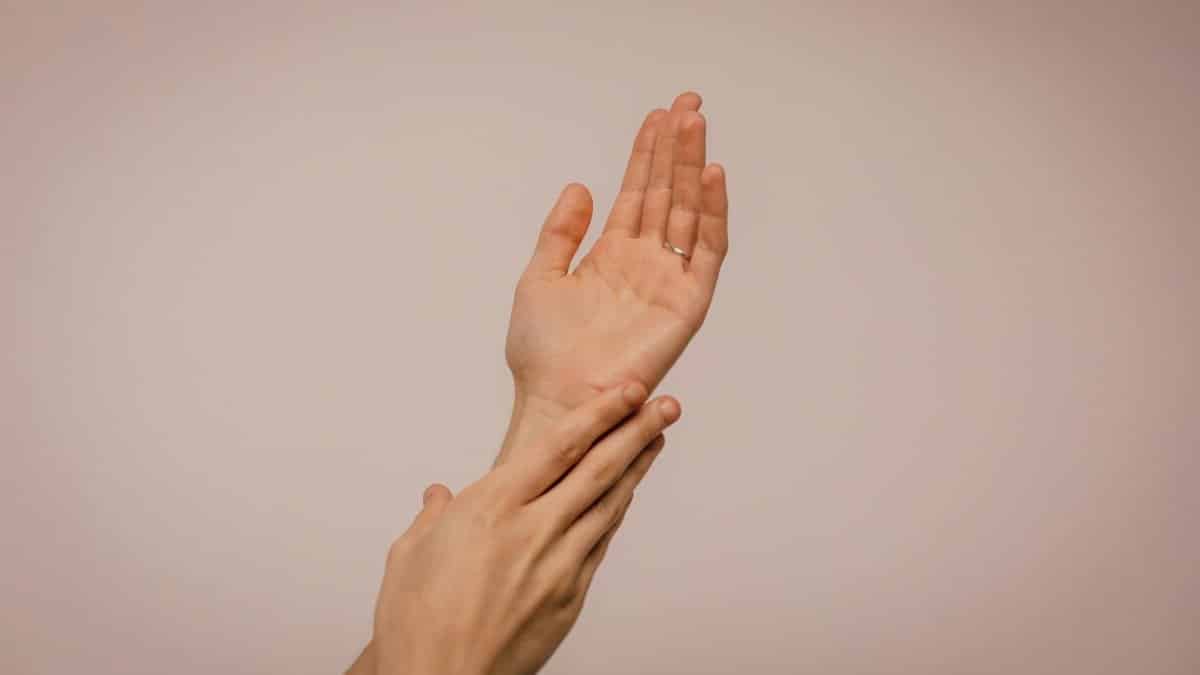
Forgiveness starts within. Create a ritual: light a candle, speak affirmations like “I release my mistakes.” It’s vital because self-blame often blocks forgiving others. Studies from Harvard’s Health Publishing link self-forgiveness to lower anxiety levels. A man haunted by a past error began nightly reflections, gradually accepting his humanity. The ritual varies—some use mirrors for eye contact, affirming growth. Short breaths steady you; longer reflections deepen insight. In group settings, sharing amplifies healing. It’s not instant; doubts creep in, but persistence reshapes self-view. By forgiving yourself, you model it for others, creating a cycle of grace that extends outward.
6. Acts of Kindness Chain

Counter hurt with goodness. Perform small kindnesses, unrelated to the grievance, to shift focus from pain to positivity. This chain reaction builds forgiveness indirectly. Research from the Mayo Clinic emphasizes how altruism reduces stress, enhancing emotional well-being. Imagine paying for a stranger’s coffee after a family feud; it reminds you of shared humanity. One person’s story: “It started with smiling at neighbors, and suddenly, my grudge felt smaller.” Vary acts—volunteer, compliment, listen. Sentences in your journal track the shift: “Today, I helped, and felt lighter.” In 2025, with social isolation rising, this practice reconnects, healing through community. It’s subtle magic, turning personal wounds into broader empathy.
7. Mindful Breathing for Release

Breathe in calm, exhale grudge. This simple technique anchors you in the present, dissolving resentment’s grip. Inhale for four counts, hold, exhale slowly, visualizing letting go. The National Center for Complementary and Integrative Health reports breathing practices lower cortisol, aiding forgiveness. A teacher overwhelmed by student conflicts used it daily; breaths became bridges to understanding. Mix it up—pair with walks or music. Questions arise: “What am I holding?” Answers surface gently. It’s accessible, no tools needed, yet profoundly healing. Over time, the rhythm syncs with your heartbeat, fostering inner peace that radiates. This practice shows forgiveness as a bodily act, not just mental.
8. Therapeutic Guidance
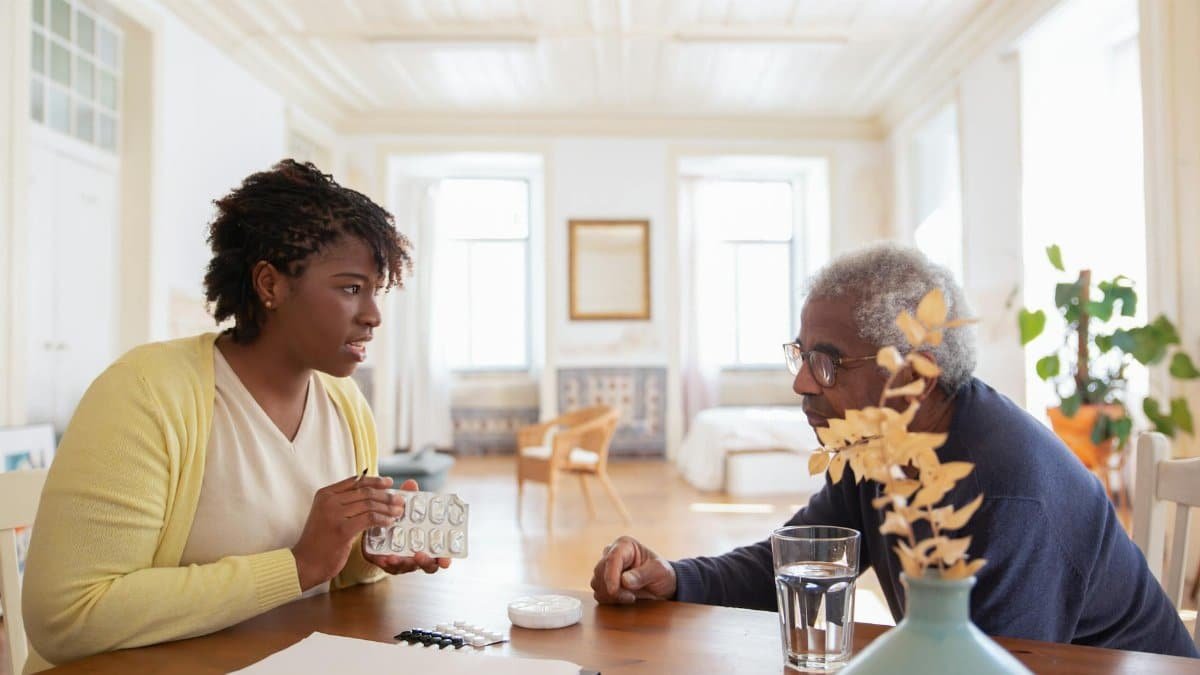
Sometimes, you need a guide. Engaging a therapist for forgiveness work provides structured support, unpacking layers of hurt. Cognitive-behavioral approaches reframe narratives, as outlined in APA guidelines. One client, after years of marital strife, found breakthroughs in sessions, saying, “It was like lifting a fog.” Sessions vary—some use role-play, others homework. Active listening heals; reflections deepen. In today’s mental health landscape, with teletherapy booming, access is easier. It’s not weakness; it’s wisdom. By exploring roots, you heal holistically, preventing future pain. This practice underscores forgiveness as a skill, honed with professional insight.
9. Spiritual or Prayer-Based Reflection

Draw from faith traditions. Whether through prayer, mantras, or contemplation, invoke a higher power for strength to forgive. Many find solace in scriptures emphasizing mercy. A study from Duke University’s spirituality center links prayer to improved forgiveness outcomes. An elder, grappling with loss, prayed for her offender’s peace, finding her own. Rituals differ—kneel, meditate, or walk in nature. Sentences form prayers: “Grant me grace.” It’s personal, yet universal, bridging divides. In 2025’s diverse spiritual scene, adaptations abound. This heals by connecting to something larger, transforming isolation into shared human experience.
10. Physical Movement to Unburden
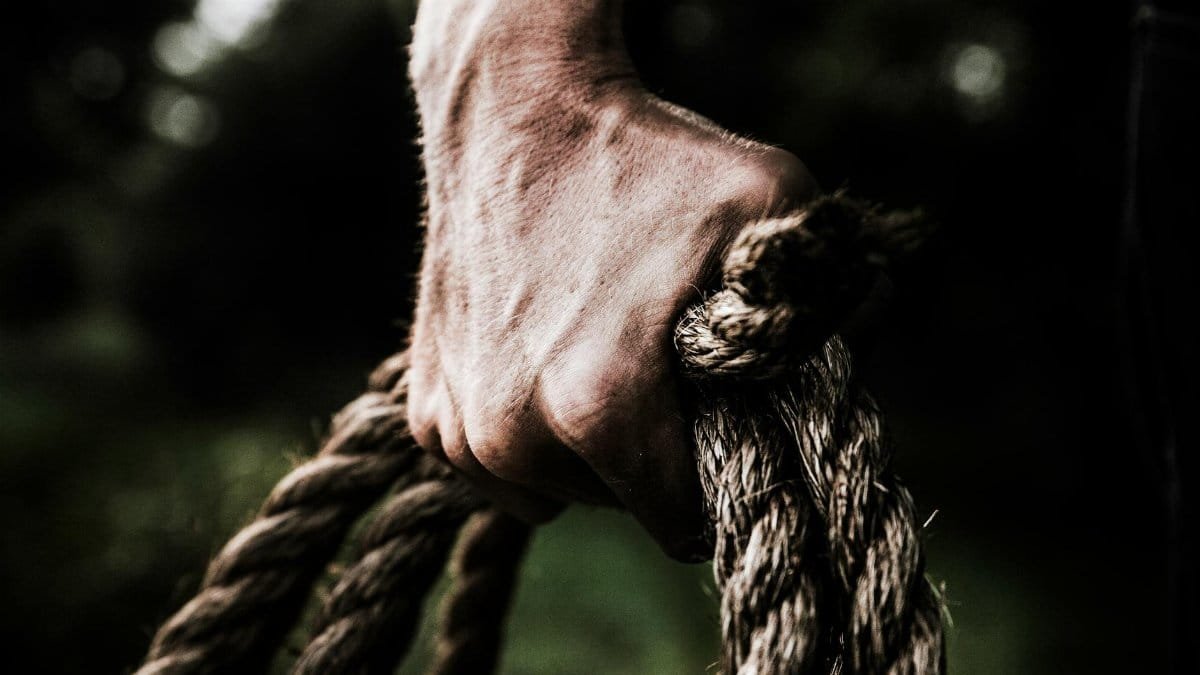
Move your body to move on. Yoga, running, or dance release pent-up energy from grudges. Physical activity stimulates endorphins, easing emotional weight. NIH research confirms exercise aids in processing trauma. A runner described pounding pavement as “sweating out the anger,” emerging clearer. Vary routines—gentle stretches for introspection, intense workouts for catharsis. Breaths sync with steps; insights follow. It’s tangible healing, where muscles remember release. Combine with intention: “With each step, I let go.” This practice reveals forgiveness as embodied, not abstract, fostering wholeness.
11. Community Sharing Circles
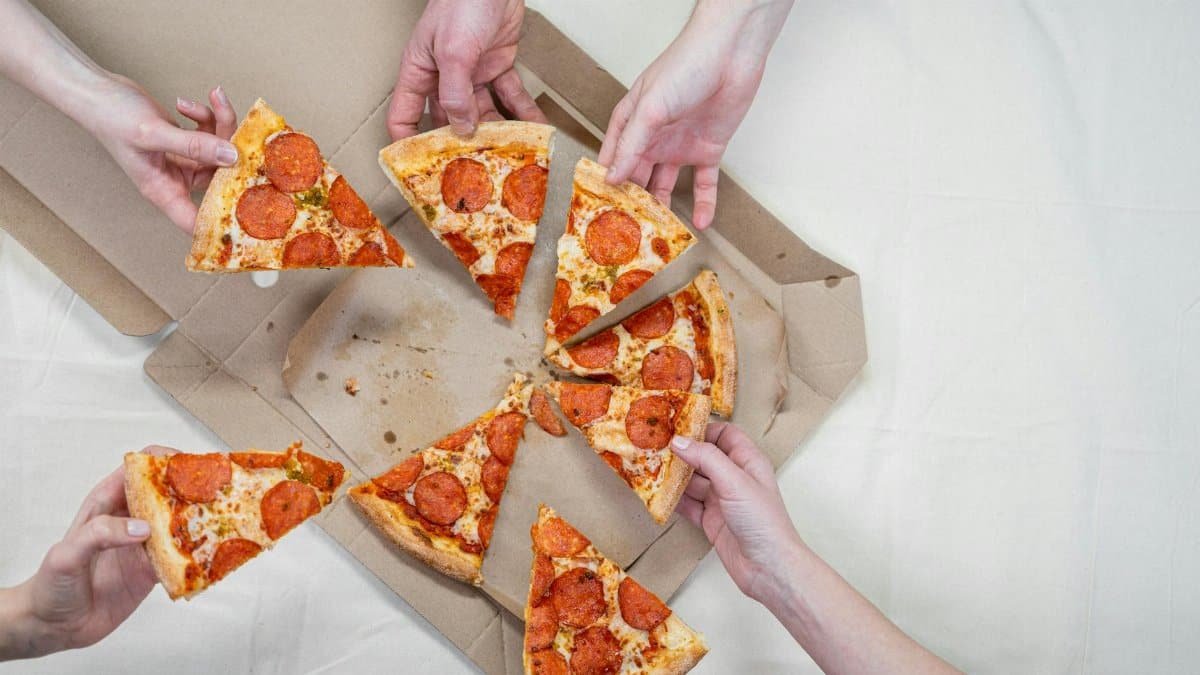
Gather with others. In sharing circles, voice your story among empathetic listeners, witnessing collective healing. This builds solidarity, reducing isolation. Programs like those from restorative justice initiatives show reduced recidivism through shared forgiveness. One participant recalled: “Hearing others’ pains made mine bearable.” Circles vary—online or in-person, structured or free-flowing. Questions guide: “What hurt you?” Responses connect. In our connected yet lonely era, this fosters bonds. It’s not therapy, but communal wisdom, where vulnerability breeds strength. Ultimately, it heals by reminding us we’re not alone in our struggles.
